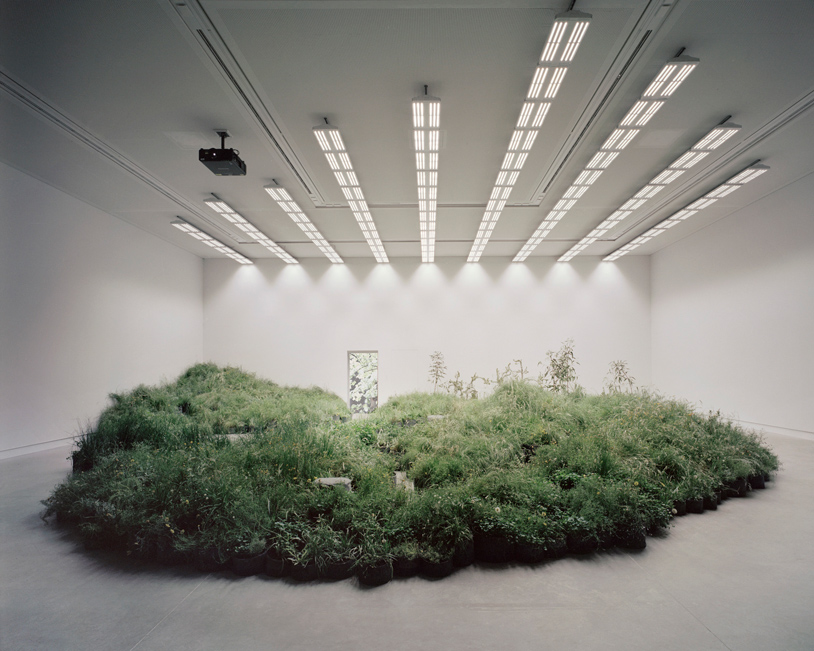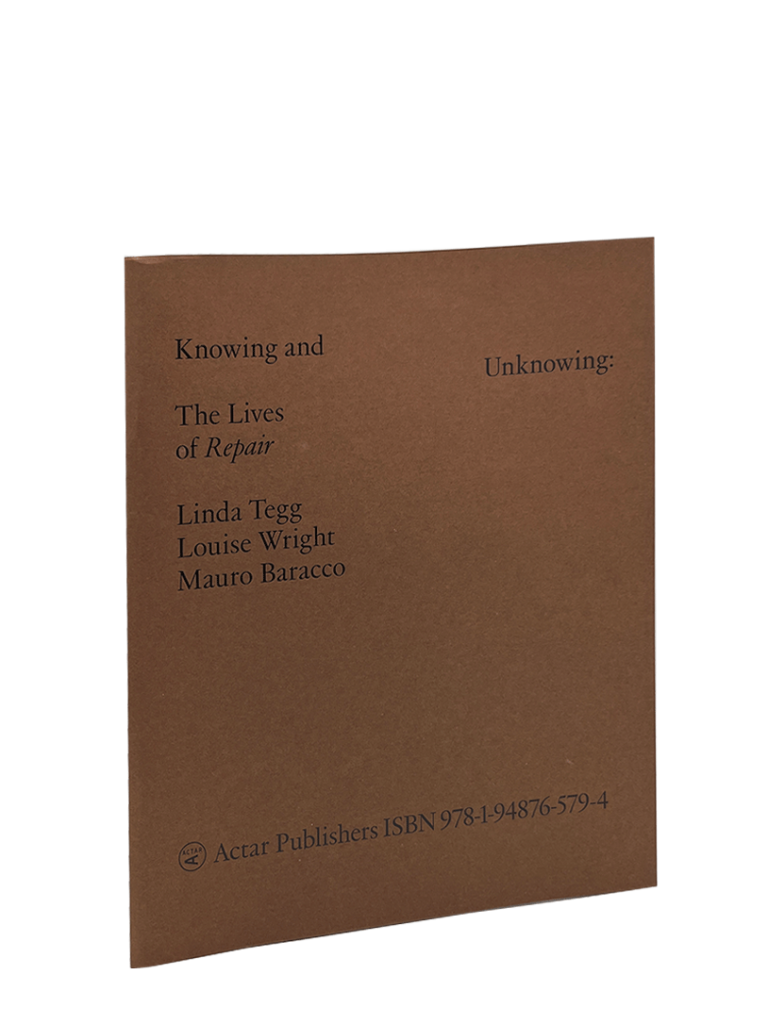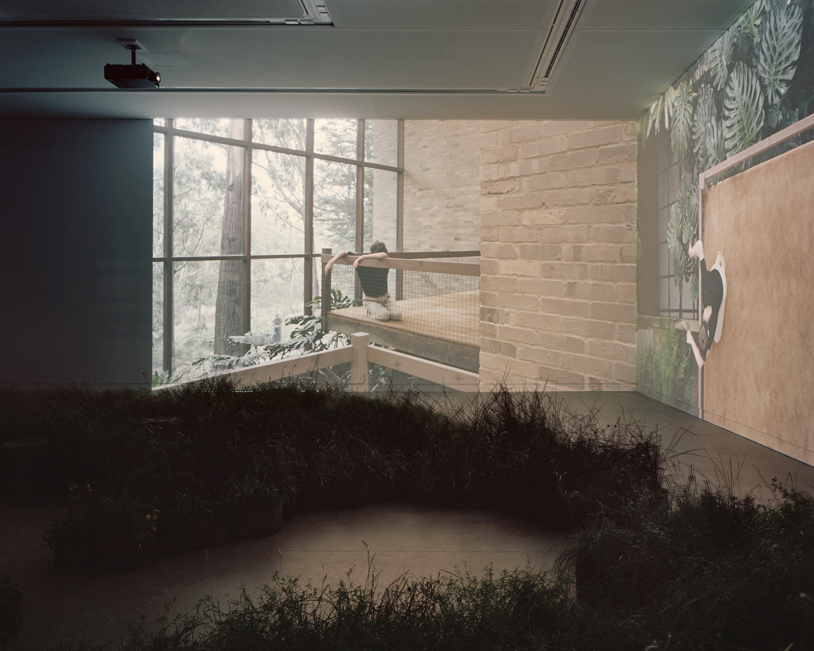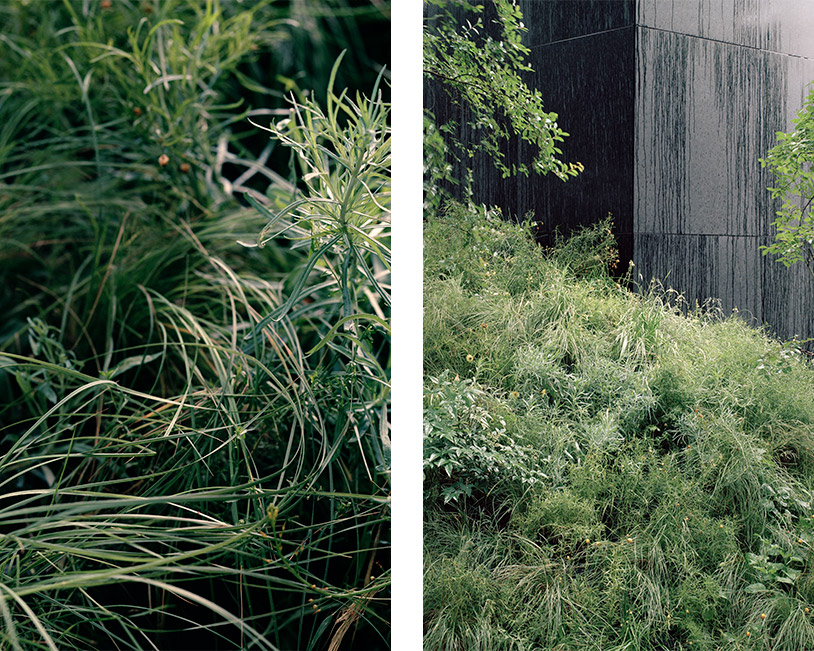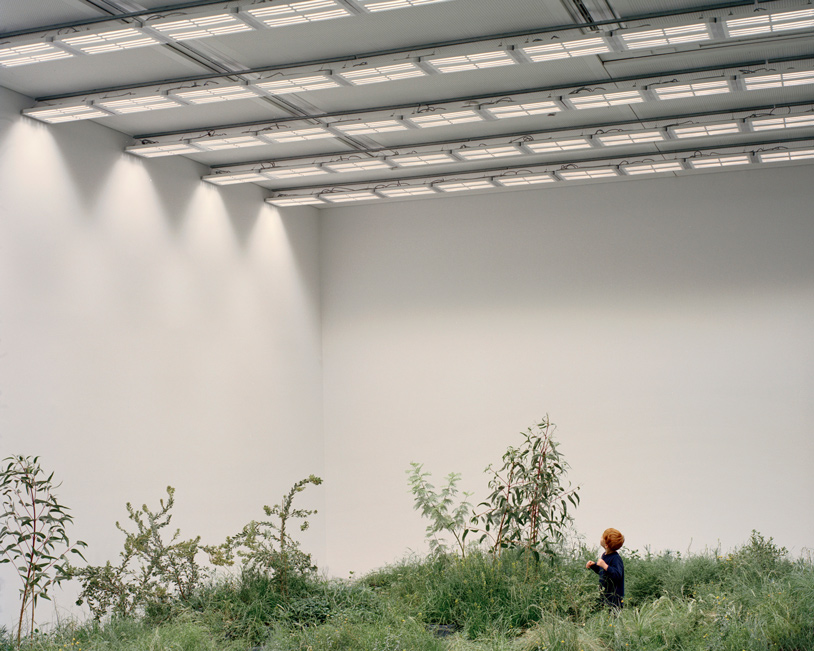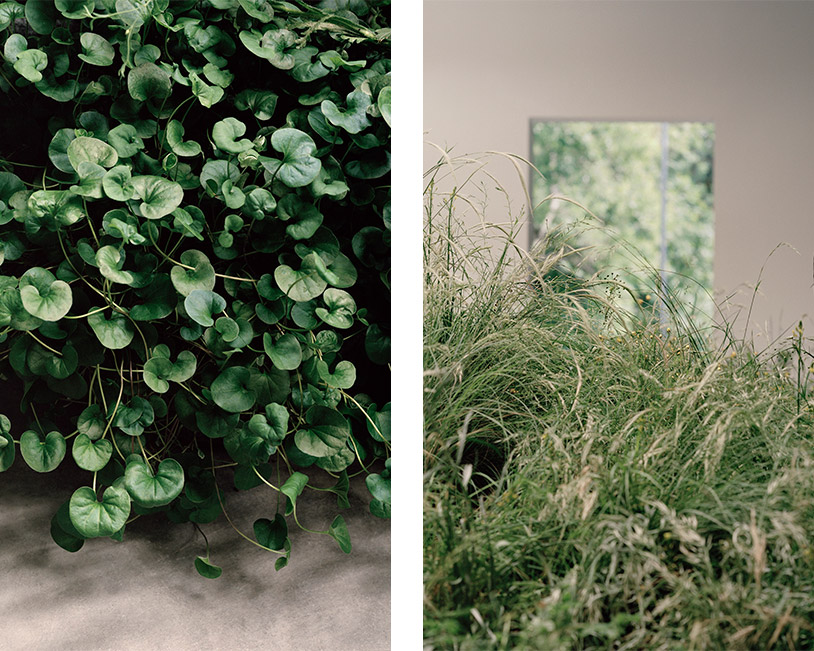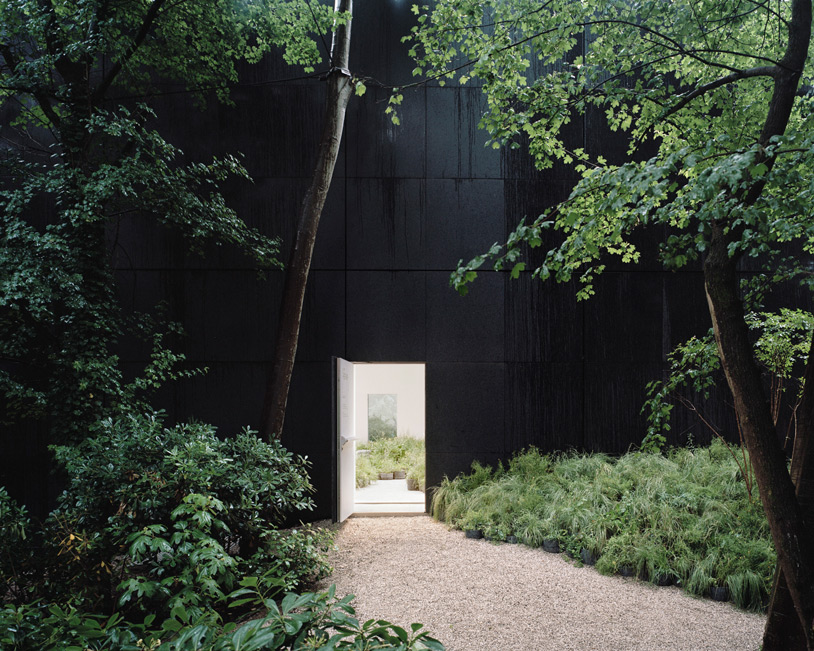How can architecture contribute to ‘repair’, in a colonised country especially? Australia is founded on devastation, both human and environmental.
It is the site of “many apocalypses” This devastation connects into global histories of extractivist capitalism, but is a particular iteration manifested in the dynamics of settler-colonialism and the localised practices of erasure and forgetting that have been inculcated since the arrival of colonising Europeans on the continent. With climate change and a global pandemic drawing increased attention to the failures of modernity and its promised utopias (although always only for some), Australia’s story of itself is also unravelling. This extractivist colonial narrative is future-oriented and fantastically imagines a land open for limitless plunder and economic gain. It is a fantasy, and subsequently ‘of the mind’, but it is also violently material, structuring oppressive and dispossessing systems and physical forms, and instating genocidal regimes. It also continues to delimit the kinds of futures that every living being can inhabit in this country. In the face of this, we must turn our attention to the other stories, other ways of imagining and knowing place, that refuse and divert from this path. This is not ‘repair’ as a return to what was but one that opens up possible futures in which all life can thrive.
These alternative stories surround us, despite their subordination to the colonial worldview, and they continue to be shared, strategically and generously. The 2017 National Constitutional Convention of Indigenous Australian leaders called on the Australian government for constitutional reform and an official truth telling process, Makarrata, which means a ‘coming together after a struggle’. 250 delegates issued the Uluru Statement from the Heart that made clear the terms of engagement sought by representatives of the “first sovereign Nations of the Australian continent”. The statement highlighted the deep constitutional and structural issues that arrest Indigenous flourishing and perpetuate systemic disadvantage and violence. It called for agency, self-determination and the “rightful place” of First Nations peoples in Australia to be recognised and restored. It also issued an invitation to non-indigenous Australians to “walk with us in a movement of the Australian people for a better future”.
This focus on “walking with” is powerful, as it articulates not just an inclusive and collaborative invitation for action, but also an ethos of Indigenous inhabitation in which being in place, knowing it, and sustaining place-self-community is a mobile and relational practice. Walking together, a dynamic of body, land, environment and discursive expression, reflects an ontology that exceeds the individualised, disconnected and human-centric modes of being that have so informed western capitalist colonialist culture. It is, moreover, an assertion of the ground, and its poetic and practical role in making place and community. It is a statement not just for, but also of the future – not something that we make progress towards, but something made in the now, and into which all time feeds.
The ground is a touchstone across cultures. First Nations peoples, though far from homogenic, share an understanding of the ground that is antithetical to its positioning in western culture. In this understanding, the ground is never a planar surface on which to build, move, dig down and extract. It is a living, multidimensional and mutable network, continually composed through the movements, tracks and gatherings of humans and non-humans, in both time as well as space. This means that the ground does not simply inaugurate the future as a surface to be made into what is to come. It is rich with stories and a space of profound interconnection, activating the past as an agent in the present in the ongoing making of place.3 In contrast, the ground is an object of fetish in the colonising mind and invests the colonisers’ pursuit of territory and resources with ontological and moral status, in line with the Kantian privileging of stable, planar surfaces (both metaphor and material site for human endeavour) in the western knowledge tradition. The dominance of the earth’s surface allows for the reproduction of the favoured colonial grid, linear, open to unimpeded mobility, and highly exclusionary. This is to be on the world, not of it. It affirms “seamless progress”: “a single story of human-centred existence moving in a singular direction of progress, development and evolution”.4 This preference to “skim the surface of the world”5 means a resistance to both encountering and leaving traces of multiple presences that would contest a singular and dominant place-story. The idea of unmarked ground preceding colonial presence (and in turn, Indigenous nomadism) was crucial to the lie of terra nullius; patterned ground, in contrast, evidenced not just prior occupation, but also the ongoing complexity of postcolonial entanglements.
Architecture, as a key place-making practice, is complicit in this tradition. The cleared and compacted surface on which to lay down foundations and build up to the sky models a convention of architectural practice, but also an environmental disposition in which the folds and contours of the earth’s surface are irregularities to be overcome. As Robyn Dripps writes, “[i]t is easy to understand how the earth’s rough and bumpy surfaces, its uncertain and shifting fixity and its damp porosity, could be considered qualities that would destabilize physical, political, and even psychological equilibrium”. 6 For the first colonisers, the making of ‘empty’ landscapes erased all sense of non-human agency and Indigenous presence and promised to overcome spatial uncertainty. The eradication of native ecology, mostly through land clearance and the movements of domesticated and feral animals, performed an imaginative and ontological function, clearing away any doubt as to the land’s submission to colonial rule. This was a theatrical gesture determined to externalise Indigenous environments as a stage for the inauguration of colonial space and time.7 This ‘colonial stage’ thus performs territorial claim: clearing and enclosing, it pushes traces of other presences that contest terra nullius into the wings and spotlights a preeminent colonial body, secured on the ground of a new epoch.
In this theatrical context, the colonial body is figured as mobile and unencumbered, and a smooth stable ground facilitates this. The environment and its non-human components will only reference (colonial) human interest in this narrative, as these supra-naturally charged theatrics inspire and legitimise the pursuit of further conquest and the exploitation of resources in a bid to utilise and ‘decode’ the land and bring it into colonial systems of meaning. The paradox of time in the settler colonial imaginary, then, is a simultaneous claim of enduring western supremacy – “the long march of its history”8 – and its need to disconnect time, so that colonisation marks a new era, untroubled by what came before because this is now gone. Time is both enduring and dis-junctural in this paradigm. This paradox is furthered in the reality of the settler colonial state which continues to invest in the narratives that represent ongoing regimes of power and control, while framing the consequences of colonisation, and the “long march” of progress, through the lens of rupture and disappearance.
We can see this at work in prevailing western discourses of repair in response to environmental violence and extinction. As Audra Mitchell writes, dominant western scientific stories frame ecological devastation as ‘the unintended result of desirable, if destructive human activities’ that pursue the social and economic values of western life, while relatedly ‘conservation’ is a management paradigm that imposes further systems of value aligned with the founding narratives of dominant society, including what and what does not ‘belong’ and deserve to thrive and ‘the ongoing availability’ of desired resources.9 Genocidal logics continue as ‘the annihilation of certain other-than-human peoples’ normalised in the language and framing of biosecurity.10 Stories about the world are never neutral, and they carry and perpetuate histories with them.
Robbins and Moore describe the ‘Edenic sciences’ from such a perspective, disciplines including restoration ecology, conservation biology and invasion biology, dedicated to the recovery or recreating of ‘lost’ environments, ambiguously in the wake of colonization or in a time before human contact entirely. The different baselines for an ‘original condition’ employed within these fields indicate what Robbins and Moore describe as the essentially epistemological project that informs it. This is “a ‘native’ condition [that] can and should be known or restored”.Such epistemological commitment illuminates the politics caught up in these scientific practices. Their concern with ecological restoration imposes contingent significance on particular environmental coordinates, suiting a certain narrative of systemic health and well-being in which some lives will always be privileged over others. As the Edenic sciences seek to reset the past, they participate in a charged historical imaginary that can be leveraged far beyond the supposedly value-free purpose of scientific enquiry.
We need to rethink repair beyond this, and what this would signify for a place-making practice. Whatever it is that we need to ‘fix’ is not something in the past, something gone that is returned, but an ongoing culture and series of practices. To return to the ground, and what it might mean for an architecture that works to repair without perpetuating elimination and forgetting, we need to accept, as Paul Memmott contends, that we ‘can’t go backwards’. Our remaking must involve working with what is there, what has never gone, and what are the relationships that continue even in the shadows of colonial-capitalism’s devastation. As a cultural form, architecture – like all cultural products – must be continually interrogated for what it perpetuates: in the case of settler-colonial architecture in Australia, this is an always-there potential for complicity with ongoing neo-colonialism, 13 and with an already written future that secures settler interests only. Designed things are not passive, finalised forms in the world; as ontological manifestations, they go on designing. There are material consequences to the places we make.
What might it mean to pay attention to the ground, in the making of place? One way might be to consider composting15 a version of repair; churning through compost refuses the chronology of time, layered upon itself, and instead mixes pasts up with the present, to generate something new. It is a remaking that avoids erasure. In the Victorian Western Plains, for instance, where the volcanic earth references ancient movement forms and the world at its most dynamic, remnant grasslands are fed by a rich soil teeming with microcosmic life. Where these and their surrounding ecology have been cleared, this absence is belied by the presences that can’t necessarily be seen. These are the ongoing stories of First Nations people which the apocalypse of colonisation could not erase. They are the alternative axiology that understands extinction differently: not the unfortunate by-product of progress, but, as Mitchell puts it, the ‘breaking of laws, agreements, treaties and protocols forged between specific human and other-than-human communities to ensure their on-going existence’.16 This is the rupture of an ethical and ontological code in which relationality is fundamental. This code understands Indigenous peoples and colonisers as sharing the ground, ‘a collective existence’17 born out of the entanglements of colonisation, even if settler colonial mind cannot see or fathom this.
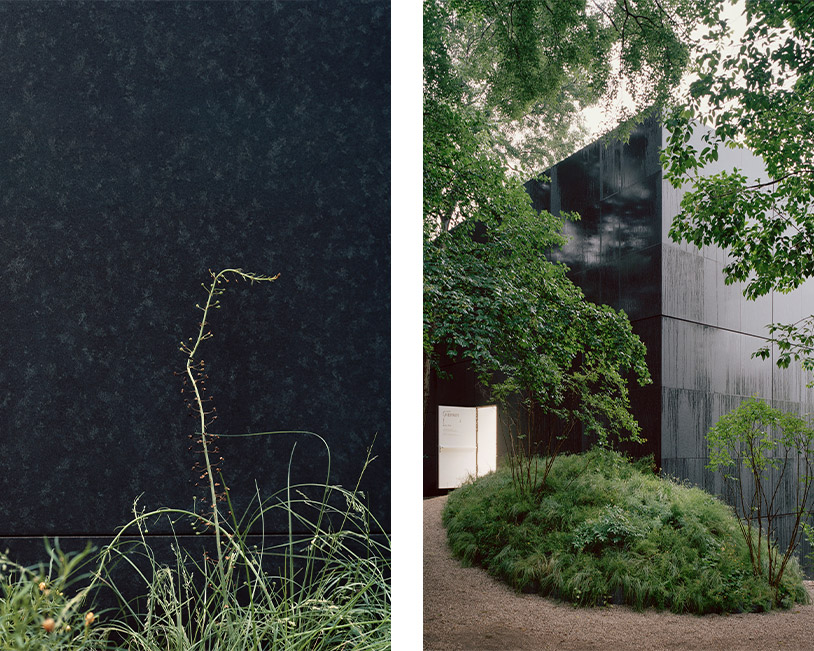
These relations, of course, can travel. The Western Plains Grasslands can find and make place half a world away, in the centre of another, even older, western empire. As they thrive under a shower of LED lights, they can tell a story of loss. But they also materialise a story of endurance, connection and the responsibilities born from deep entanglements. Though seemingly fixed, these grasses shift and bend with the breeze and the life around, on and under them. They open up to ‘imagining otherwise’18 a future unwritten and un-determined by the colonial story. De Oliveira Andreotti et al frame the ultimate violence of colonisation for Indigenous people as the imposition of a version of the future, one presented as naturalised and assumed as good for all.19 Being inside someone else’s future leaves nowhere to else to go, no space to imagine otherwise.
This is where walking together opens up different possibilities. Moving with care, we turn our attention to the ground, to its rise and fall, to its inclines and where we might trip up: ‘Walking humbly/means walking slowly/Considering/every step/every gesture/every word/every impact’.20 This is an ethic of making and inhabiting place that generatively keeps place open, that collaboratively remakes its potential in every footfall. To translate this to architectural practice, this is place-making in which the lie of the land, both physical and poetic, is acknowledged as a template for ‘making-with’, for designing from a community of other lives, other stories and other possible futures, with which we are always in relation. In this ‘making-with’ that is akin to walking with, the journeys, mobilities and visions of others are enabled in an openness to communities across time and place that are not known or prescribed in advance. They are always emergent.
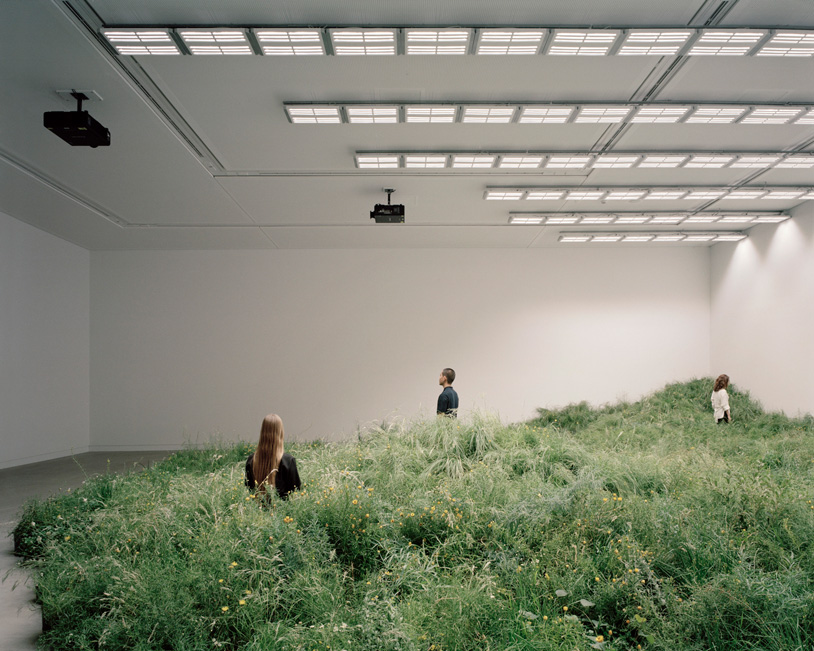
In the quiet spaces of the Western Plains, with its long history of violence against indigenous people and their more than human worlds, a fermenting ground offers other possibilities. These assemble across western Victoria, the north of Italy, and wherever else its stories and lives entangle. Composting as repair refuses to leave the past behind. No longer imagining our forms as inviolate impositions on stable ground, we can admit a vulnerability to an inherently mutable world where our strength might come instead from stories of community, including all life forms, and through which the future remains open and hopeful. New grasslands thrive with just such hope.
